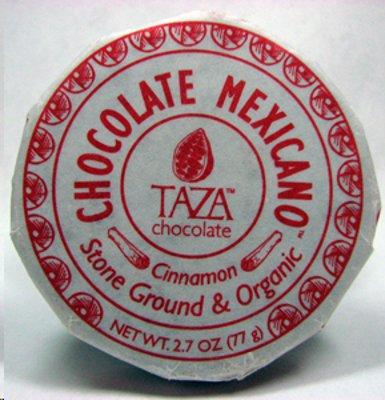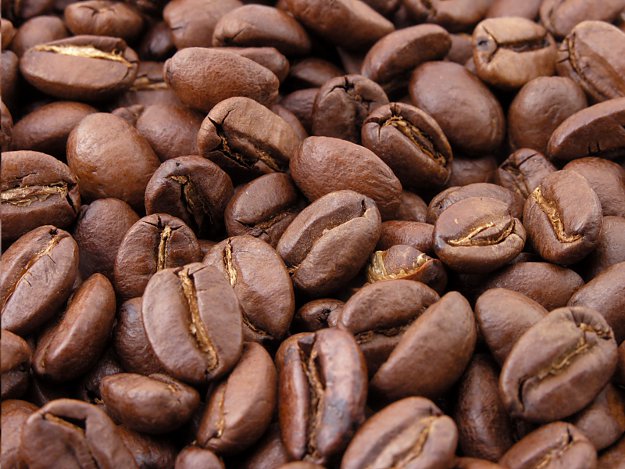How New York City Embraced the Chocolate Revolution

Chocolate used to be simple to buy. There was chocolate candy, and then there was chocolate to make brownies and other baked goodies. In more recent times, however, chocolate buyers have been inundated with new terms and compound words printed on the labels of this much sought-after sweet. Artisan, single origin, blend, percentage, fair trade, are a few relatively new designations given to chocolate bars found everywhere from supermarket chains to small gourmet shops. One of the newest of these nomenclatures is bean-to-bar, a term and practice easy enough to understand that is inching toward a revolution in the chocolate-making industry and paving its way through American cities, especially New York.
In essence, bean-to-bar refers to a chocolate-making practice where the chocolatier buys cacao beans directly from the farmers. This system has, according to sellers and producers alike, many advantages, which can range from the way a chocolate bar tastes to the percentage of school enrollment in a rural Ecuadorian town.
The origins of this direct trade practice is often misattributed. In truth, it may be more suitable to ascertain that direct trade originated from a combination of efforts by different industries altogether, whether those effort were meant to contribute to more ethical farming and labor practices or simply to more profit remains up for debate. Intelligentsia Coffee, the Chicago-based roaster, is frequently credited as pioneering direct trade, consequently achieving great success with it, and serving as a business model for a practice that seems unbusinesslike at first. How direct trade made its way into the chocolate industry is perhaps more difficult to trace, and how it eventually found a home in factories and chocolate shops around New York City even more so.
In the United States, Taza Chocolate from Somerville, Mass. was the forerunner of direct trade (although Theo Chocolates also make this claim), when in 2006 the company received its first shipment of cacao beans from the Dominican Republic directly to their factory where they oversaw the entire process, from roasting the beans to packaging the bars. This allowed the company a rare opportunity to see the origins of its product, dealing directly with the growers and choosing the beans to purchase firsthand.
For the farmers, this meant a higher pay for their crops without dividends to broker to distributors. Paradoxically, this new business partnership also wagered higher selling points for Taza chocolate bars, despite the absence of distributors. Taza, a self-proclaimed ethically conscious company, wanted to oversee the whole process of making its chocolate not only for the near vertical integration direct trade provided, but also because it wanted to guarantee fair trade practices and ensure fair labor while delivering quality product. To achieve this, the chocolate had to be made in small batches and seasonally, which created a significant inflation in prices.

To ensure ethical labor practices and financial transparency, Taza opted to forgo the Fairtrade certification (and thus, the fees and limitations that come with it), and instead pay the cacao farmers higher premiums. Starting with Intelligentsia, this is what small coffee roasters in the United States had been doing for some years now.
Interestingly enough, this business ideology may have its roots in France, where an award-winning chocolatier makes its product from cacao obtained from his own farm. In 2003 Francois Pralus bought a plantation on the island of Nosy-be off the west coast of Madagascar in an attempt to create a completely vertical integration of its chocolate-making process, a system that is extremely rare in the industry. The plantation’s first yield, however, would not come until seven years later, but by then Francoise Pralus Maître Chocolatier was already sourcing beans directly from farms all over the world, allowing the company to make bars with distinctive flavor profiles that would eventually garner a number of awards.
But with what Pralus was doing in Europe and Taza in the United States, the question remained of whether consumers were ready to dig deeper into their pockets for a chocolate bar – one that, on top of a higher price tag, would render unusual flavors when compared to the “traditional” palate of American and, to some extent, European standards, such as Hershey or Nestle. It seemed that chocolate makers wanted to restore dignity to a craft that had become, to the eyes of some, unabashedly commercial, and if they could operate with a business model that would resonate with buyers, then the battle was already half won.
This mindset started a revolution of sorts, particularly within American chocolate-makers. The global bean-to-bar operation has grown at a rate of 64 percent per year since 2004, and bean-to-bar confectioners continue to surface throughout the United Stated. In New York City, this is exceptionally evident.
As recently as 2011, there was only one bean-to-bar chocolate maker in New York City, the Brooklyn-based Mast Brothers which has, as of recently, obtained broader fame with national retailers like Whole Foods and Dean & Deluca carrying the bars on their shelves. With an average price of $10 per bar, Mast Brother is seen both as a commodity as well as the precursor of New York’s chocolate offerings. The company made substantial progress in its early years when it opened its sleek, dark storefront in the same building that housed the Mast Brothers factory, allowing patrons to tour the facilities where the chocolate bars were being made in small batches from scratch, an experience perhaps never foreseen in Williamsburg.

This business model and chocolate-making backstory, still fairly new among American audiences and maybe somewhat romanticized, resonated with consumers. With the chocolate industry being recently bombarded for its questionable practices, a company that produced a socially conscious, farmer-minded product wrapped in beautiful packaging made from recycled paper created a niche need for the purchaser looking for ethically sensible foods (another rather recent development within the economy of victuals), one for a universal sweet produced in locations free of child labor and unfair working practices. The price tag was thus explained and accepted.
With this sudden niche newly created, the bean-to-bar movement in New York gained the momentum it needed to practically create a new industry within the city. Soon after, bean-to-bar chocolate factories were emerging all over Brooklyn. Less than two years later, at least five more chocolatiers were sharing the borough with Mast Brother as home base: Fine and Raw, Nunu, Tumbador, Raaka Virgin, and Caco Prieto were all based in Brooklyn.
Raaka Virgin Chocolate, which makes unroasted (or raw) chocolate bars, is praised for the impact of the raise it gives to the farmers: an effective 20 percent for their beans, far higher than even Fairtrade standards and essentially unprecedented in the industry. Raaka’s co-founder, Ryan Cheney, claims that this premium not only guarantees net monetary gain for the farmers but it also supports local growth and development. One of the farm-towns Raaka buys from, for example, from the Moho River Valley of Belize, has seen a 40 percent increase in school enrollment for children of cacao farmers.

More than conscientious, however, it looks as though bean-to-bar can also prove profitable. Cacao Prieto sources its cacao beans from a family-owned farm in the Dominican Republic. This allows Cacao Prieto an entirely vertical production process, a system that can be both lucrative and consumer-minded. Because the company controls every aspect of the chocolate-making process, it can boast the labels of being not only bean-to-bar but also organic and of single-origin, all of which strike a cord with the modern chocolate connoisseur. This is a business practice perhaps borrowed from the American-owned Madécasse Chocolate, which operates exclusively in Madagascar, keeping the whole production in-country to boost the local economy while maintaining production costs low by providing shares to native residents.
This practice can, of course, have its backlash. Consumers may feel that the abundance of labels, the pretty packaging, and the “simplicity” of the ingredients that more often than not make up these chocolate bars are a marketing gimmick to vindicate the higher price tag. Further, it appears at times as though a dictionary is needed to understand all the new terms that can be applied to any single chocolate confection. Whereas a buyer may have been looking for a caramel-filled couverture, one must now also consider the cacao percentage in the bar, the blend of beans, and origin of the same for the desired flavor profile.
Nevertheless, bean-to-bar operations continue on the rise. No single list has been compiled on the number of bean-to-bar manufacturers in the United States, nor for New York City. It is estimated that as many as 60-70 bean-to-bar chocolate makers are currently in business nationwide. As more consumers become more aware of the offerings of the chocolate industry, these figures are expected to rise exponentially. And in a city where there always seems to be room for more, this is a revolution that is just beginning. As bean-to-bar chocolatiers open shop within the city walls, so will New York City’s embrace of this most decadent sweet grow. For chocolate lovers, this can only mean more good things are to come.
Author Bio:
Angelo Franco is a contributing writer at Highbrow Magazine.































































































































































































































































































































